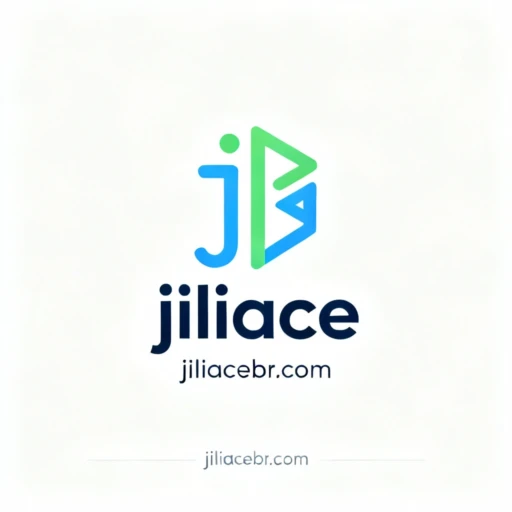
Exploring the growing trend of AI-driven art collectives and their impact on the digital art world.
In recent years, the art world has witnessed a significant transformation with the advent of AI-driven art collectives. These innovative groups are not only redefining what it means to be creative but are also pushing the boundaries of traditional art forms. By harnessing the power of artificial intelligence, artists are collaborating with technology to produce groundbreaking works that challenge conventional perspectives.
One of the most notable aspects of these collectives is their ability to democratize art creation. Artists, regardless of their background or resources, can now access AI tools that allow them to experiment and create in ways that were previously unimaginable. This shift has resulted in a more inclusive and diverse art community, where voices that were once marginalized are now gaining recognition and influence.
AI art collectives are also fostering a new wave of collaboration across various disciplines. By joining forces with technologists, data scientists, and other professionals, artists are able to explore uncharted territories of creativity. This interdisciplinary approach not only enriches the creative process but also leads to the development of innovative art forms that captivate audiences worldwide.
Moreover, these collectives are creating a dynamic marketplace for digital art. Platforms dedicated to showcasing and selling AI-generated works are emerging, offering artists a new avenue for monetization. With the rise of NFTs (non-fungible tokens), digital art has found a lucrative and sustainable model that challenges traditional art markets. Collectors are now able to purchase unique digital pieces with verified provenance, further legitimizing the value of AI-generated art.
Despite the excitement surrounding AI art, there are still ongoing debates regarding authorship and originality. Critics argue that the involvement of AI in the creative process questions the very essence of human creativity. However, supporters contend that AI is simply an extension of the artist's vision, providing new tools and techniques to express their ideas.
The future of AI art collectives appears promising as technology continues to evolve. As these groups grow in influence, they are likely to inspire a new generation of artists to explore the intersection of creativity and technology. In doing so, they will undoubtedly shape the future of the art world in ways we have yet to imagine.




